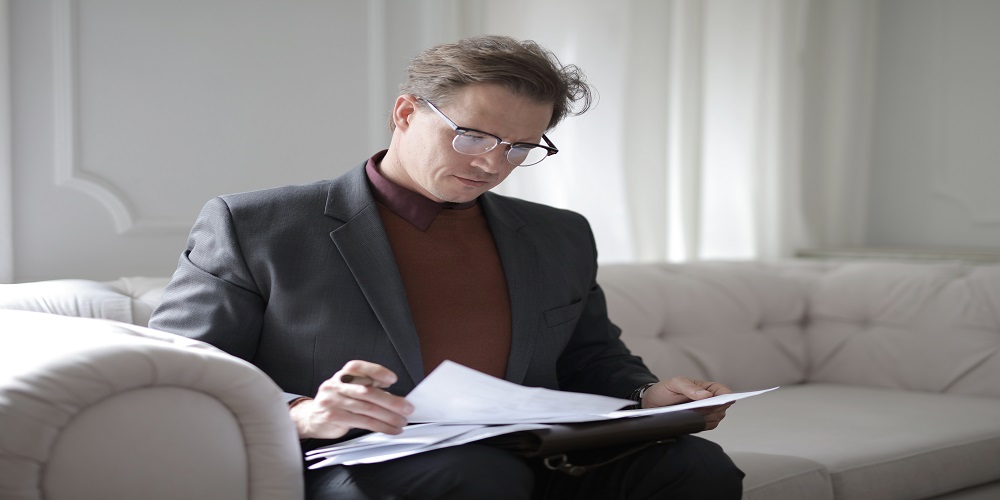A criminal trial is a formal process in a court of law to determine the guilt or innocence of an accused person. Administering justice requires consideration of country’s prevailing circumstance. For example, in Canada, The reformation of the criminal process for youths requires a balanced approach that focuses on rehabilitation and addressing underlying issues. It involves several key steps that are designed to ensure fairness and justice.

Arrest and Charges of the Accused
The first step in a criminal trial is arresting and charging the accused. The police gather evidence. They charge the person with a criminal offence if they believe there is enough proof.
Bail Hearing of the Accused
After the arrest, the accused may have a bail hearing. The judge decides whether to release them from custody until the trial or keep them in jail. The judge considers factors like the seriousness of the offence. He also checks the likelihood of the accused fleeing or posing a threat.
Court Appearance of the Accused
Once the accused has been charged and released on bail, they will make several appearances in court before the trial begins. These appearances serve to update the court on the progress of the case. It allows both the defence and prosecution to exchange information.
Selection of the Jury
In some criminal trials, a jury is selected to decide the guilt or innocence of the accused. Potential jurors are chosen from the community. They undergo a selection process to ensure impartiality. The final jury members are then sworn in and instructed on their roles.
Opening Statements for both the prosecution and the defence parties
At the trial’s start, the prosecution and defence make opening statements. These statements outline the facts they plan to present. It also outlines the arguments they will use to support their case. It is the opportunity for each side to present their initial version of events.
Presentation of Evidence to the Court
During a criminal trial, evidence is presented to the court to prove or disprove the charges. This evidence can include witness testimony, documents, physical objects, or audiovisual recordings. The prosecution presents its evidence first, followed by the defence.
Cross-Examination of Evidence and Witnesses
After the prosecution presents its evidence, the defence can cross-examine the witnesses. This means they can question the witnesses. It is to challenge their credibility about the accuracy of their testimony.
Closing Arguments for both the prosecution and the defence parties
Once all the evidence has been presented, the prosecution and defence make closing arguments. These arguments summarize the evidence. They attempt to persuade the judge or jury to find in their favour. Their final opportunity is to present their case before a decision is made.
Deliberation and Verdict of the Case
If the trial has a jury, the judge will give them instructions and retire to a separate room to deliberate. They discuss the evidence and reach a unanimous decision on the accused. If there is no jury, the judge alone makes the decision.
Sentencing of the Accused
If the accused is found guilty, a separate sentencing hearing takes place. The judge determines the appropriate punishment. This can include imprisonment, fines, probation, or a combination. If the accused is found not guilty, they are acquitted and released.
Appeals from Either Parties
After a verdict, the prosecution or the defence may appeal the decision if they believe there were errors during the trial. The appeals process involves a higher court reviewing the trial proceedings. This is to determine if there were any legal mistakes.
Final remarks on what happens during a criminal trial
A criminal trial involves various stages. These steps ensure that the accused receives a fair trial. It protects the rights of both the accused and society.

